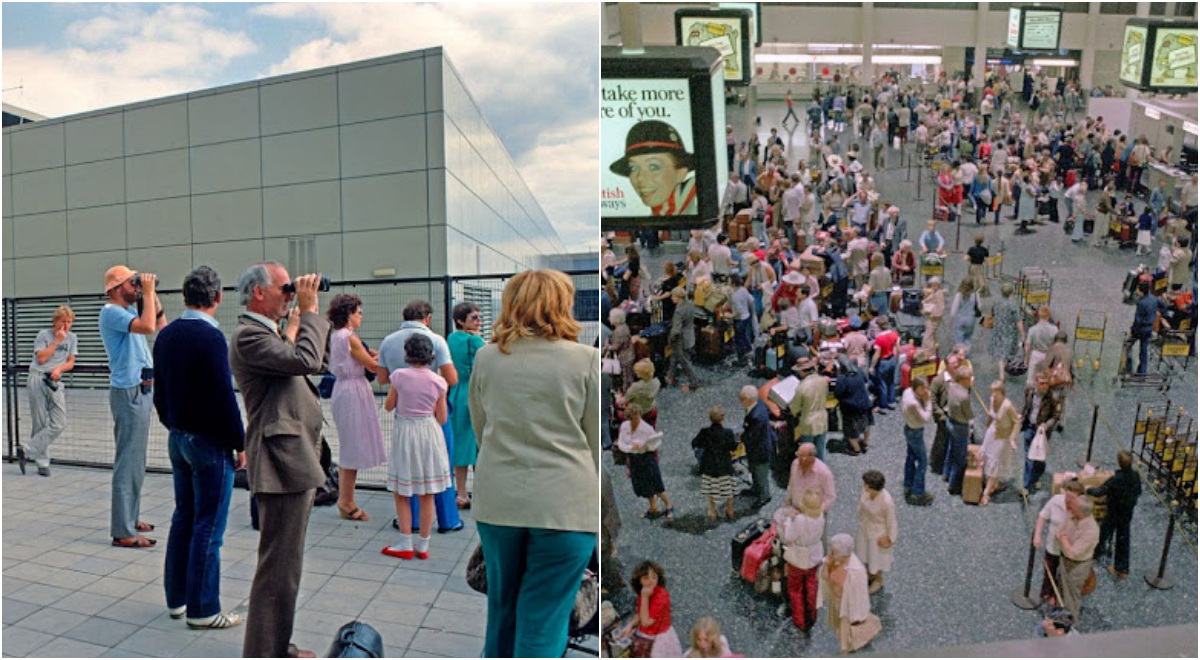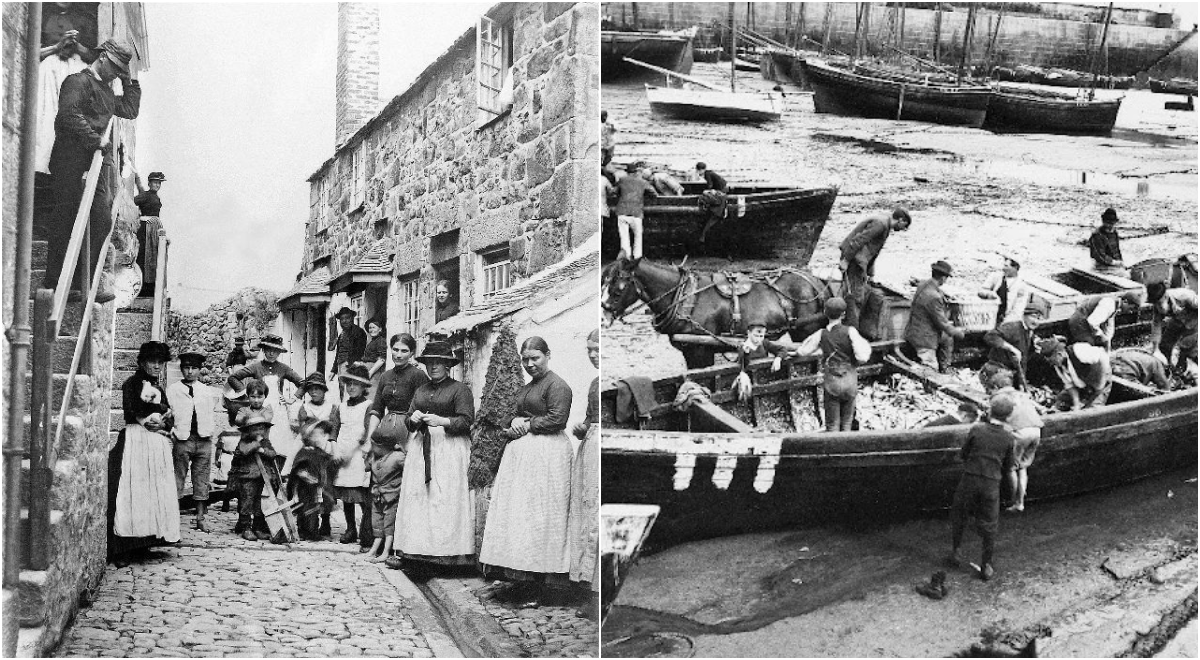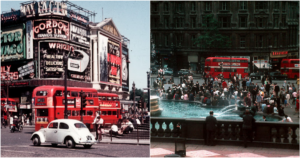
The appearance of German bombers in the skies over London during the afternoon of September 7, 1940 heralded a tactical shift in Hitler’s attempt to subdue Great Britain. During the previous two months, the Luftwaffe had targeted RAF airfields and radar stations for destruction in preparation for the German invasion of the island. With invasion plans put on hold and eventually scrapped, Hitler turned his attention to destroying London in an attempt to demoralize the population and force the British to come to terms. At around 4:00 PM on that September day, 348 German bombers escorted by 617 fighters
This was the beginning of the Blitz - a period of intense bombing of London and other cities that continued until the following May. For the next consecutive 57 days, London was bombed either during the day or night. Fires consumed many portions of the city. Residents sought shelter wherever they could find it - many fleeing to the Underground stations that sheltered as many as 177,000 people during the night. In the worst single incident, 450 were killed when a bomb destroyed a school being used as an air raid shelter. Londoners and the world were introduced to a new weapon of terror and destruction in the arsenal of twentieth century warfare. The Blitz ended on May 11, 1941 when Hitler called off the raids in order to move his bombers east in preparation for Germany’s invasion of Russia.
Getty Images photographer Jim Dyson recently traveled to locations across London to make comparisons between scenes from the Blitz and present-day images, laying one on top of the other, to remember the 75th anniversary of the end of the Blitz.
The appearance of German bombers in the skies over London during the afternoon of September 7, 1940 heralded a tactical shift in Hitler’s attempt to subdue Great Britain. During the previous two months, the Luftwaffe had targeted RAF airfields and radar stations for destruction in preparation for the German invasion of the island. With invasion plans put on hold and eventually scrapped, Hitler turned his attention to destroying London in an attempt to demoralize the population and force the British to come to terms. At around 4:00 PM on that September day, 348 German bombers escorted by 617 fighters
This was the beginning of the Blitz - a period of intense bombing of London and other cities that continued until the following May. For the next consecutive 57 days, London was bombed either during the day or night. Fires consumed many portions of the city. Residents sought shelter wherever they could find it - many fleeing to the Underground stations that sheltered as many as 177,000 people during the night. In the worst single incident, 450 were killed when a bomb destroyed a school being used as an air raid shelter. Londoners and the world were introduced to a new weapon of terror and destruction in the arsenal of twentieth century warfare. The Blitz ended on May 11, 1941 when Hitler called off the raids in order to move his bombers east in preparation for Germany’s invasion of Russia.
Getty Images photographer Jim Dyson recently traveled to locations across London to make comparisons between scenes from the Blitz and present-day images, laying one on top of the other, to remember the 75th anniversary of the end of the Blitz.
Thanks you for viewing the articles, please like and share to your family !
















